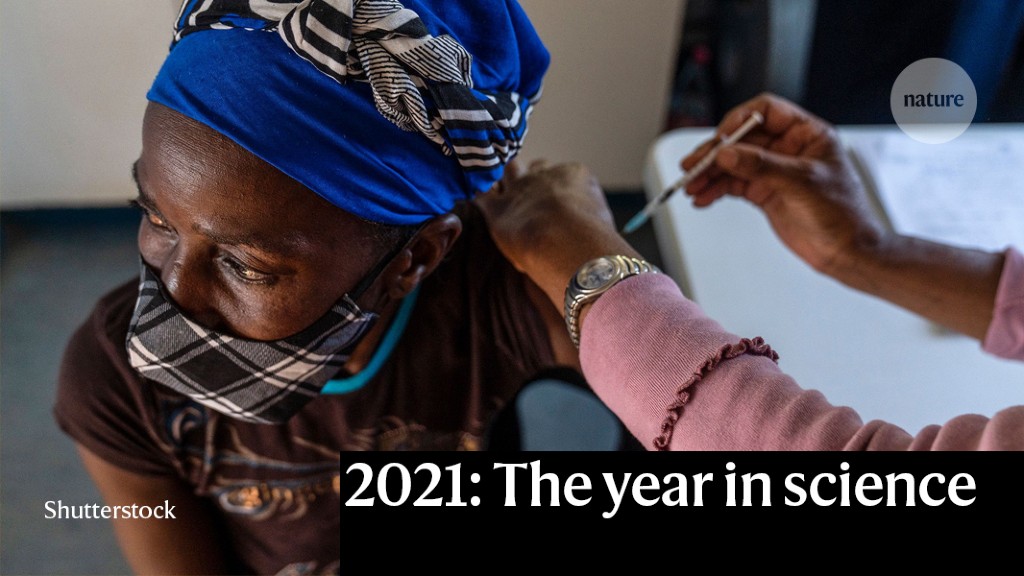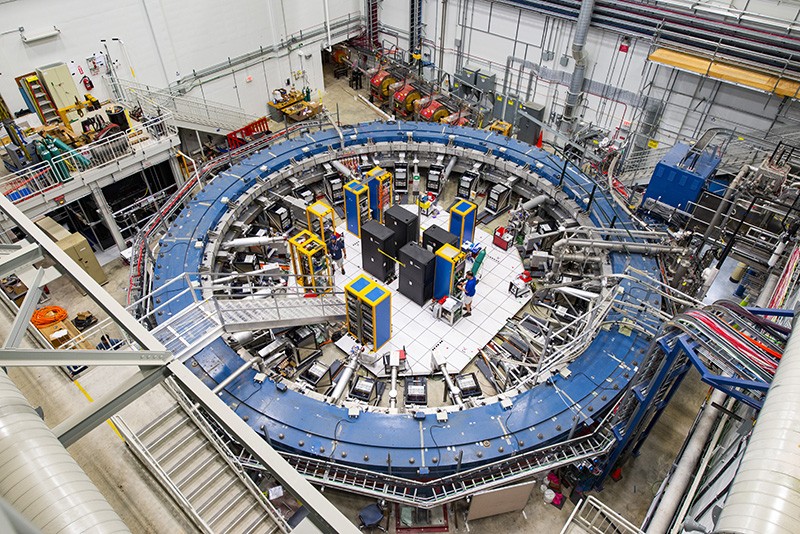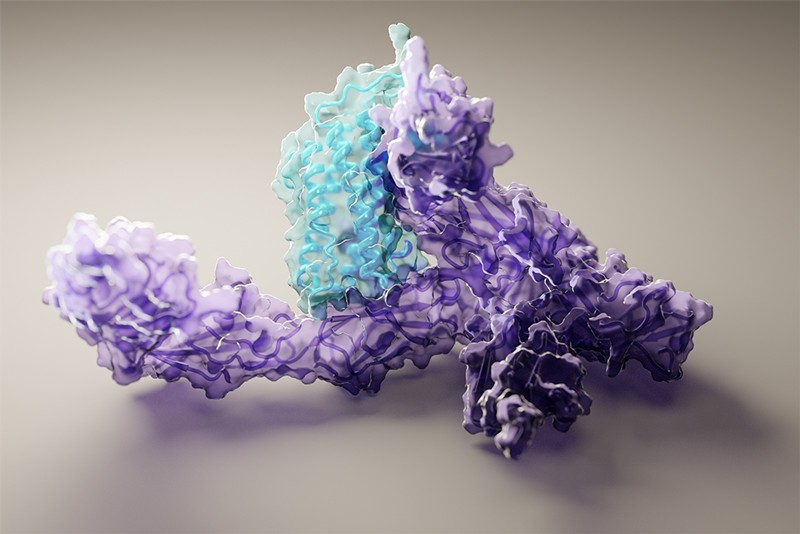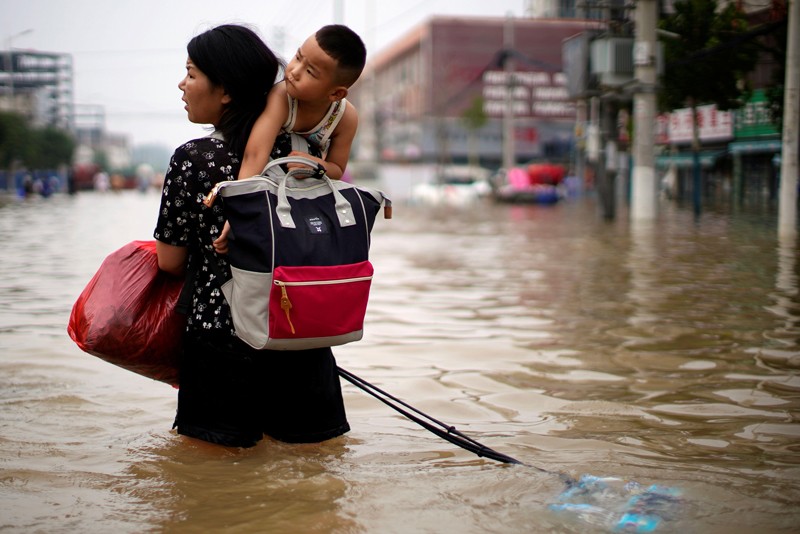Coronavirus variants threatened vaccine protection
The year began — and will end — with researchers racing to learn more about variants of the SARS-CoV-2 coronavirus that are spreading across the globe. COVID-19 vaccines largely held up to variants that emerged in late 2020 and early 2021, which would later be named Alpha, Beta and Gamma. But then came Delta. In March, this variant began to rip through India with alarming speed and ferocity, racking up deaths and hospitalizations in a country that had yet to make much progress in its vaccination campaign. From there, the highly transmissible variant spread across the world, leaving devastation and more lockdowns in its path. Data rolled in showing that, once again, vaccines generally protect people infected with Delta from experiencing the most severe consequences of COVID-19 — but that the shots were less protective against Delta than against other variants. And a case of déjà vu struck in late November: Omicron, the latest variant of concern, appeared. Early data indicate that it breaches vaccine immunity significantly, but that additional vaccine doses — booster shots — improve the situation.
Mars was the ‘it’ planetary destination
NASA’s Perseverance rover touched down on the red planet on 18 February, kicking off a new era of Mars exploration. After sticking its landing, Perseverance deployed a small helicopter that completed the first powered flight on another world. In September, after an initial failed attempt, the rover drilled and stored its first of many planned samples of Martian rock, which future space missions will retrieve so scientists on Earth can analyse them for signs of past life. Perseverance was one of three missions to arrive at the red planet in 2021: China’s Zhurong rover touched down on 15 May as part of Tianwen-1, the country’s first Mars mission. It collected a trove of geological data from a formerly unexplored region of the planet’s northern hemisphere. And early in the year, in its first interplanetary mission, the United Arab Emirates placed its Hope spacecraft into orbit around the planet, eventually snapping pictures of Mars’s ‘auroras’ — ultraviolet emissions arising from the interaction of the solar wind with the planet’s magnetic fields.
Muon milestone opened door to major changes in physics
In a webcast on 7 April, researchers who are part of the Muon g – 2 experiment at the Fermi National Accelerator Laboratory near Chicago, Illinois, reported that muons — large, unstable electron-like particles — are more magnetic than originally predicted. Decades ago, an earlier version of the experiment hinted that muons might not behave in the way that physicists’ calculations, based on the standard model of particle physics, suggest. With this year’s result, researchers are now double-checking those calculations. If they hold, and the discrepancy between theory and the experimental results persists, it could mark the first time that the standard model has failed to account for observations since its development 50 years ago. So scientists are exploring how the finding might jibe with everything else they know about elementary particles — and whether it’s absolutely correct.
Alzheimer’s drug approval stirred up hornet nest
The US Food and Drug Administration (FDA) approved the first new drug for Alzheimer’s disease in 18 years, exciting people who are affected by the devastating condition — but angering some researchers. The drug’s developer, biotechnology company Biogen in Cambridge, Massachusetts, showed that the antibody drug can clear clumps of amyloid-β protein, which some scientists think is the root cause of Alzheimer’s, from the brain. But the treatment didn’t have a straightforward cognitive benefit in clinical trials. Despite an advisory panel overwhelmingly recommending against the drug’s approval, the FDA did so on 8 June, sparking advisers to resign and, later, a federal investigation of the decision.
CRISPR edited genes directly inside the body
Since it arrived on the scene, the gene-editing technique CRISPR has been touted as a game-changer for treating diseases. But making that dream a reality for many diseases will require researchers to successfully deliver the CRISPR–Cas9 machinery into a person’s body and prove that it safely and effectively edits only the gene it’s targeting. On 26 June, Intellia Therapeutics of Cambridge, Massachusetts, and Regeneron of Tarrytown, New York, published clinical-trial results demonstrating just that. The biotechnology firms tested their treatment on six people with a rare disease called transthyretin amyloidosis, which causes abnormal build-up of a misfolded protein in the body’s organs and tissues. All of the participants experienced a drop in levels of the misshapen protein — and two who received a high dose saw protein levels drop by 87% on average.
DeepMind’s AI tool predicted slew of protein structures
Google’s sister company DeepMind in London announced in July that it had used an artificial-intelligence (AI) system to predict the structure of almost every protein expressed by humans, as well as nearly complete proteomes for 20 other organisms. The algorithm, called AlphaFold, won a contest in 2020 for predicting a protein’s structure more accurately than ever before. In the past, researchers have learnt about protein structures by painstakingly elucidating them with various microscopy techniques or simulating them with less accurate models. The release of more than 350,000 protein structures in 2021 — many of which had never been visualized — has the potential to revolutionize the life sciences, researchers say, because such structures hold the secrets to disease and serve as targets for drugs. “This is the biggest contribution an AI system has made so far to advancing scientific knowledge,” Demis Hassabis, co-founder and chief executive of DeepMind, told Nature.
To boost, or not to boost — that was the COVID question
As wealthy countries began in mid-2021 to seriously consider giving booster shots — often third doses of COVID-19 vaccines — to people who had already been fully inoculated, questions arose among researchers about whether such a step was warranted. Sure, there was evidence that vaccine immunity was waning in the face of the highly transmissible Delta variant, but the shots were still generally protecting people from hospitalization and death. Despite a plea from the World Health Organization for wealthy nations to hold off on boosters for their wider populations until more people in low-income nations could be vaccinated with first doses, some went forward anyway. Now, with the latest variant of concern, Omicron, spreading — and real-world data from Israel and elsewhere showing that boosters lower people’s chances of getting sick with COVID-19 — many public-health researchers are urging vaccinated adults to get the additional jabs. But they note that variants will continue to evolve in infected individuals when only 7% of people in low-income countries have received a single dose. They’re rallying behind intellectual-property waivers and other mechanisms to increase vaccine supplies globally so there need not be a trade-off between boosters and equity.
IPCC climate report warned nations that extreme weather might be here to stay
In its first comprehensive assessment of climate science in eight years, the United Nations’ Intergovernmental Panel on Climate Change (IPCC) painted a brutal, yet clear, picture of Earth’s health: the record droughts, wildfires and floods already devastating communities worldwide will only get worse if governments don’t act to halt greenhouse-gas emissions. The planet has already warmed by 1.1 °C compared with the average in 1850–1900, according to the report, and is likely to breach 1.5 °C within a decade at current emissions levels. If it reaches 2 °C of warming — the upper limit governments pledged to avoid in the 2015 Paris agreement — extreme temperature events that previously occurred only every 50 years will occur every few years, increasing the likelihood of death and destruction. Meanwhile, researchers were able to directly link a record-breaking heatwave in North America’s Pacific Northwest and epic floods in Germany this year to human-caused climate change — the latest research added to a growing list of climate-attribution studies.
Afghanistan’s researchers grappled with a new regime
On 15 August, the Taliban captured Kabul, the capital of Afghanistan, regaining control of the country as the United States withdrew its last troops. Many people across the country — especially women and those with connections to the US-backed government — were in despair over the Taliban’s return because of systemic human-rights violations that took place during the fundamentalist group’s previous rule between 1996 and 2001. Academics feared for their safety because of their international connections, expertise in certain topic areas and willingness to teach women. They worried about the future of research programmes and whether they would lose their academic freedom under the new regime. Now, more than three months after the takeover, the international community has yet to recognize the Taliban-led government, and the country’s universities and research institutions remain largely closed. Many researchers are trying to leave, if they haven’t already, because they don’t feel valued by the Taliban, or have received threats from them.
Landmark climate summit ended with a pact — and scepticism
Politicians at the 26th United Nations Climate Change Conference of the Parties (COP26) announced new commitments to limit greenhouse-gas emissions while agreeing, after days of negotiating in early November, that further reductions would be needed to avoid the worst effects of climate change. The 196 governments that are party to the climate convention signed on to the Glasgow Climate Pact, which calls for a 45% reduction in global carbon-dioxide emissions by 2030, compared with 2010 levels. In the early days of the summit, world leaders in attendance made big promises to end deforestation, cut down methane emissions and phase out coal power. All told, though, researchers said that the pledges, if fully implemented, would still put the world on a path to warm 2.4 °C above pre-industrial levels, and many questioned whether governments will meet the challenges ahead.






